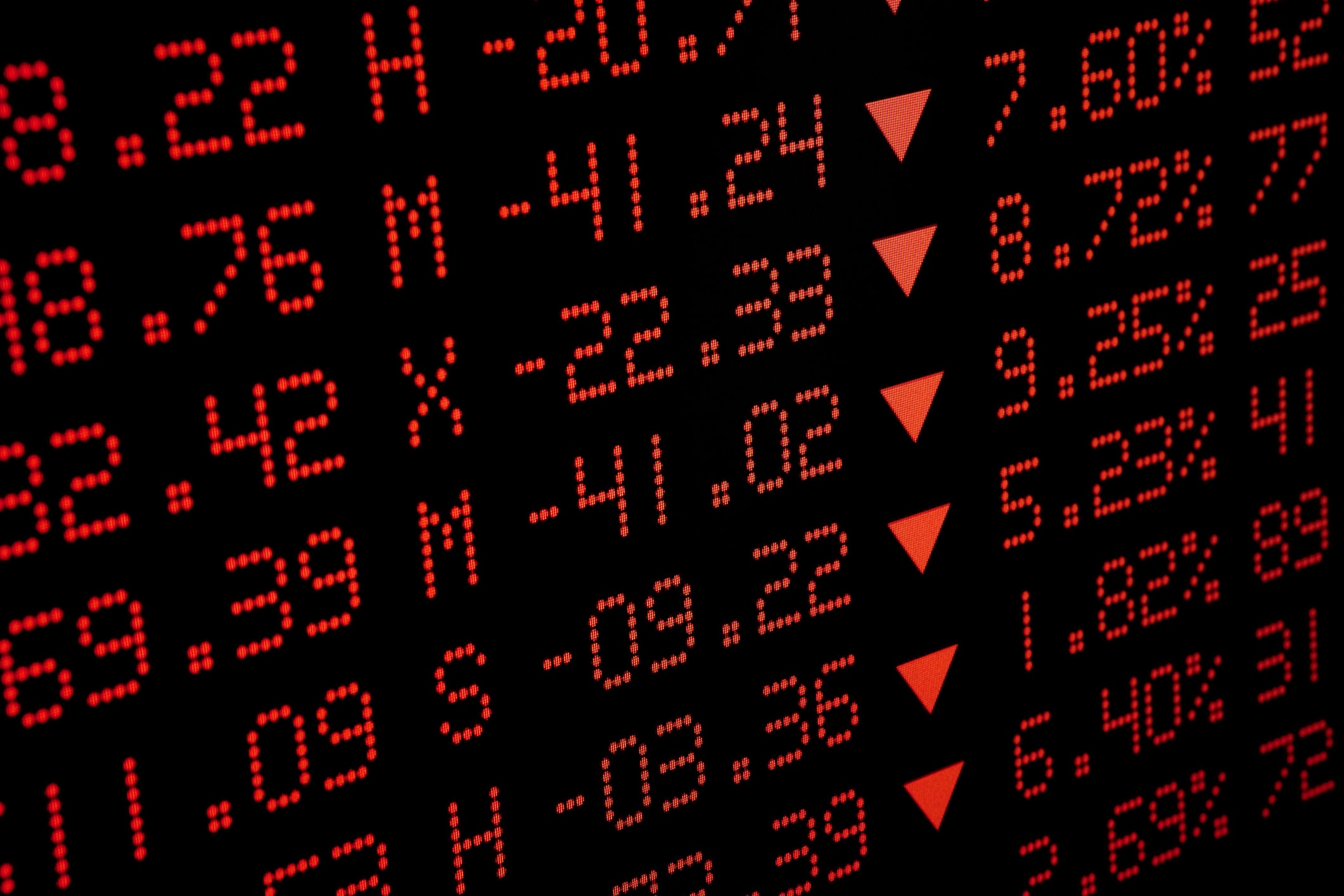
European markets have continued to slide in the aftermath of yesterday’s surprise in US inflation, led by weakness in utilities and industrials, as the EU weighs implementing measures to limit the revenues of renewable and nuclear companies at €180 per megawatt hour.
Europe
Natural gas prices are also on the rise again, and this also appears to be acting as a drag.
In Germany, the government is mulling the nationalisation of Uniper, the country’s largest natural gas importer, while the likes of RWE and E.On are also lower
In the UK, the pattern has been replicated with weakness in Centrica and National Grid, while United Utilities is also lower after having its price target downgraded by Goldman Sachs.
The only area of outperformance, sector wise, is the energy sector with natural gas prices rebounding from their recent lows as the probability of a possible EU price cap receded in the short term, while oil prices have also firmed after the US administration indicated that it would look to replenish its reserves on any dip below $80 a barrel.
The rest of the market performance has been uniformly negative as both the DAX and FTSE100 play catch down after last night’s US rout.
On the earnings front, homeware retailer Dunelmshares have edged higher after reporting an 18.4% rise in full year sales to £1.55bn, while profits before tax rose 34.9% to £209m. One notable takeaway from today’s numbers has been the slide gross margins by 40bps to 51.2%. It was also notable that digital sales fell back to 35%, though perhaps not surprising given the full-scale reopening of its shops in the aftermath of Covid.
On the outlook CEO Nick Wilkinson said the company was on track to deliver FY23 results in line with expectations, and profits in a range of £130m to £193m.
US
The aftershocks of yesterday’s CPI number have continued to reverberate through financial markets today, with US yields maintaining their push higher.
US stock markets have tentatively opened higher, in the wake of yesterday’s rout and their biggest daily decline since 2020, helped by a better-than-expected US PPI number for August which showed a moderation in inflation pressures. Headline PPI fell from 9.8% to 8.7%, while core prices fell to 7.3% from 7.6%.
This is slightly more encouraging in light of the hot CPI number yesterday and suggests that inflation pressures are moderating albeit not as quickly as one would like, with services inflation becoming stickier.
The energy sector is helping to lead the gainers helped by higher oil and gas prices.
FX
The Japanese yen has moved higher after the Bank of Japan was reported to be checking rates after failing to push through the 145.00 area, and the highs of earlier this month. The actions of the BoJ appear to have prompted a short-term top for now, however the US dollar is weaker today as well which is helping. That doesn’t mean we won’t return to the highs of this month given that the BoJ hasn’t changed its current monetary policy stance. What we’ve seen today is the equivalent of a warning shot. If they want to make it stick the Bank of Japan may need to put its money where its mouth is. That may come next week when the bank meets for its monetary policy decision.
The pound edged off its lows of the day after the latest CPI numbers for August showed inflation fall back to 9.9% from 10.1%, with the fall in petrol prices helping to pull the headline number back below double figures. While welcome news on a headline level, food prices are still acting as a tailwind rising by 13.1% and up from 12.7% in July, with the price of staples like milk, eggs, and butter all up by over 20%.
The rise in core prices could be more of a concern for the Bank of England given that they edged higher to 6.3%, which could shift their focus to be more aggressive in the short term, if only to match the Fed and help to underpin the pound. Further sterling weakness against the backdrop of a more aggressive Fed could force a move by 75bps and would also give them the added flexibility to go slower heading into year end.
Commodities
With US crude oil inventories at their lowest levels since 1984, the Biden administration appears to have touted the possibility of looking to start refilling these reserves if the US oil price dips below $80 a barrel.
Even allowing for the fact that this is a prudent thing to do, one has to question the wisdom of articulating it out loud. If you wanted to put a floor under oil prices, and potentially delay and or prevent prices from reaching this point you couldn’t wish for a better way to do it. By all means go ahead and look to top up the SPR, but don’t pre-announce it.
While rallies are likely to be constrained by concerns over demand, and China’s zero-covid policy we now have what is in effect a Biden put under the oil market.
Gold prices have pulled off their lows of the day on the back of a weaker US dollar, as the greenback slips back after yesterday’s face ripping rally.
Volatility
Hotter than expected US inflation data was very much setting the agenda yesterday, leading the country’s major equity indices sharply lower as a result. The S&P 500 tumbled at the open, with losses then being extended through the session, leaving the index to reach the bell almost 4.5% lower. That drove daily vol to 32.69% against 20.68% on the month, whilst the situation was even more pronounced for the tech-heavy NASDAQ. The underlying fell more than 5% with daily vol coming in at 40.02% against 26.26% for the month.
One sector that managed to weather the storm a little better than others appear to have been renewable energy. After a turbulent start, losses were moderated, with CMC’s proprietary basket of green tech stocks finishing the day around 1.5% lower. The sector is still set to benefit from those recently approved US government plans, leaving daily volatility to come in at 106.76% against 63.34% on the month.
That inflation news boosted the prospect of more interest rate hikes from the Federal Reserve, driving the US dollar higher still and in turn taking a toll on many dollar-denominated assets. The likes of gold and silver were very much in the mix here, leaving CMC’s precious metals index to trade in a range exceeding 3.5% during the session. Daily volatility came in at 29.88% against 20.36% on the month. Bitcoin was also caught up in this devaluation of USD-based assets, with the underlying falling well in excess of 10% on the back of the news, pushing daily vol to 70.04% against 47.27% on the month.
Disclaimer: CMC Markets is an execution-only service provider. The material (whether or not it states any opinions) is for general information purposes only, and does not take into account your personal circumstances or objectives. Nothing in this material is (or should be considered to be) financial, investment or other advice on which reliance should be placed. No opinion given in the material constitutes a recommendation by CMC Markets or the author that any particular investment, security, transaction or investment strategy is suitable for any specific person. The material has not been prepared in accordance with legal requirements designed to promote the independence of investment research. Although we are not specifically prevented from dealing before providing this material, we do not seek to take advantage of the material prior to its dissemination.























